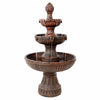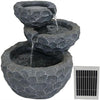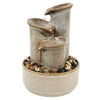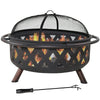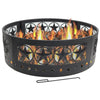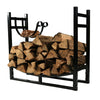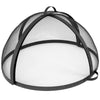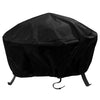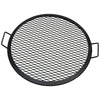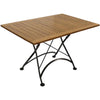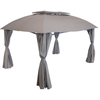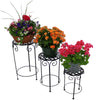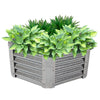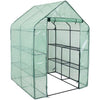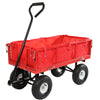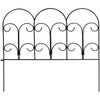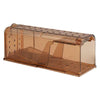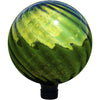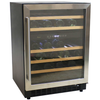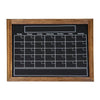As the dog days of summer approach, with their scorching temperatures and relentless sun, it’s natural to worry about the well-being of your plants. While summer brings an abundance of growth, it also presents challenges that can stress plants, particularly during a heat wave. However, with a few easy tips and some thoughtful care, you can help your garden not only survive but thrive during these hot days.
7 Easy Tips to Protect Your Plants During a Heat Wave
1: Water Wisely

Water is your plants' best friend during a heat wave, but it's important to water them correctly. Instead of frequent, shallow watering, focus on deep watering. Water early in the morning or late in the evening when temperatures are cooler and evaporation is minimized. This allows water to penetrate deep into the soil, reaching the roots where it's needed most. Be mindful not to overwater though. Overwatering can lead to root rot, especially in plants that are not well-draining. For potted plants, using a watering globe may help to supplement the roots in the hottest part of the day.
2: Shade Carefully
Direct sunlight can be harsh on plants during the hottest parts of the day. Use shade cloths, old sheets, patio umbrellas, or canopies to create temporary shade for your plants. Position these coverings during the peak sun hours to shield your plants from the most intense heat. For potted plants, consider moving them to a shaded area or indoors during extreme heat. Potted plants are more vulnerable to heat because their roots are more exposed to the air.
3: Avoid Pruning
While it may be tempting to tidy up your plants, pruning during a heat wave can do more harm than good. Pruning exposes more plant surface area to the sun, which can lead to sunburn and stress. It's best to delay pruning until the heat subsides.
4: Increase Humidity
Humidity can make a big difference in how plants cope with heat. Grouping plants together or placing trays of water near them can increase humidity, providing a cooler microclimate for your plants. In enclosed spaces like greenhouses or indoor gardens, make sure there is adequate air circulation to prevent heat buildup.
5: Mulch Generously

Mulch is a simple yet effective tool to combat the effects of extreme heat. Exposed soil can heat up quickly, leading to moisture loss and root stress. A 2-3 inch layer of organic mulch (like straw, wood chips, or compost) around the base of your plants helps retain moisture, keeping the soil cooler and reducing the need for frequent watering. Mulch also protects the roots from the harsh sun, reducing the temperature around the root zone and preventing heat stress.
6: Delay Fertilizing
Fertilizing during a heat wave can stress your plants even further. Fertilizers encourage growth, but during extreme heat, your plants will be focused on survival, not growth. Wait until cooler weather returns to resume fertilizing.
7: Monitor Constantly
Whether your plants are in a garden bed, planter, or directly in the ground, paying close attention to your plants during a heat wave is crucial. Look out for signs of heat stress, such as wilting, scorched leaves, or dry soil. If you notice any of these signs, take immediate action by providing shade, water, or other necessary adjustments.

The heat of summer doesn't have to spell disaster for your garden. By implementing these easy tips, you can protect your plants from the worst effects of a heat wave, ensuring they stay healthy and vibrant all season long. Remember, a little extra care during these hot days will pay off when your garden flourishes.
